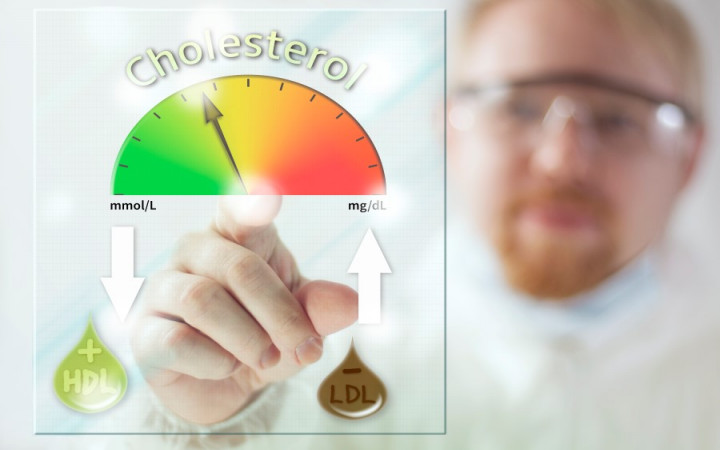Today’s Wonder of the Day was inspired by Jamie from AL. Jamie Wonders, “Why are there different kinds of cholesterol?” Thanks for WONDERing with us, Jamie!
When you're really hungry, do you like to sink your teeth into a big, juicy cheeseburger? How about adding a couple of slices of bacon and a side of cheese fries? If that sounds delicious to you, you're not alone. Unfortunately, those items are high in taste and high in something else, too. What are we talking about? Cholesterol!
From time to time, you've probably heard adults talking about foods that are high in cholesterol. You may have even heard friends and family members talking about having high cholesterol and needing to take medicine for it. Such a diagnosis of high cholesterol usually comes about after a blood test that measures the amount of cholesterol in your bloodstream.
When a doctor does a cholesterol test, you will usually get the results as a series of numbers. One number will be your total cholesterol, while the other numbers will represent good cholesterol, bad cholesterol, and triglycerides. All of this can be very confusing. After all, isn't all cholesterol bad?
Cholesterol is actually something your body needs. Although it's present in many of the foods you eat, your liver produces all the cholesterol you need on a daily basis. It's a waxy substance your body uses to make vitamin D and certain hormones, as well as to build cell walls and produce certain bile salts used to digest fats.
Cholesterol in your body can't travel alone through your bloodstream. It must combine with certain proteins that help it reach the different areas of the body where it's needed. Cholesterol, which is a lipid or a fat, combines with a protein to make a substance called a lipoprotein.
Your body contains two primary types of lipoproteins: high-density lipoproteins (HDL) and low-density lipoproteins (LDL). Many people refer to LDL cholesterol as “bad cholesterol," while HDL cholesterol is often referred to as “good cholesterol." These terms stem from the different effects they have on your body.
Most of the cholesterol in your body is LDL cholesterol, or “bad cholesterol." This is the kind of cholesterol that can form plaque in artery walls, leading to a condition known as atherosclerosis, or hardening of the arteries. Atherosclerosis can restrict blood flow and lead to more serious problems, such as coronary artery disease or cerebral vascular disease.
HDL cholesterol, or “good cholesterol," acts in a different way. It removes cholesterol from the blood vessels and returns it to the liver, where it can be processed and eliminated from the body. Given this important function, it's easy to see why doctors want to see higher levels of HDL or “good" cholesterol in your bloodstream.
High cholesterol levels can be causes by a variety of factors. Heredity may play a role. High cholesterol levels have also been linked to being older and overweight. Of course, a primary factor is also diet. If you eat foods high in cholesterol, your overall cholesterol levels are likely to be higher.
Cholesterol is found in foods from animal sources. For example, eggs, meats, and dairy products all tend to be high in cholesterol. On the other hand, vegetables, fruits, and grains are usually cholesterol-free.
If you find that you have high cholesterol, changing your diet to eat foods lower in cholesterol is recommended. A doctor might also prescribe a special medication. You'll also likely be advised to exercise more, since physical activity has been shown to increase levels of HDL or “good" cholesterol.




